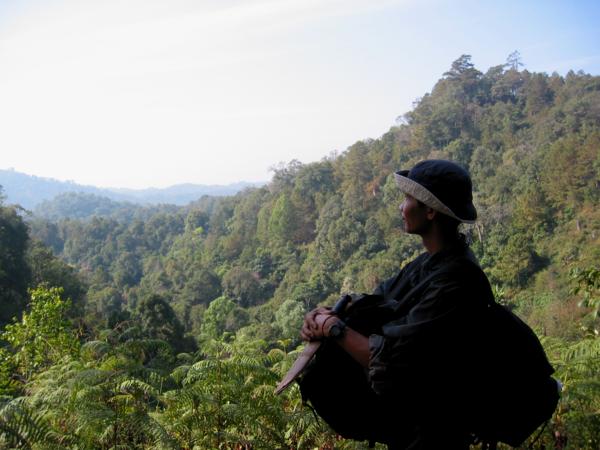

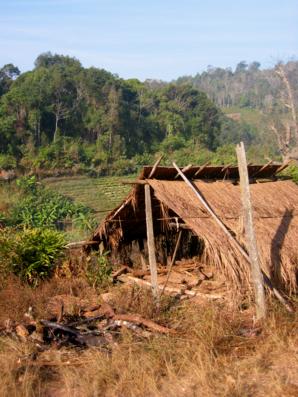
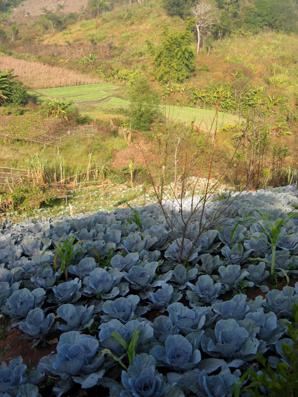
We spent the first night in an Hmong village. This used to be opium territory. Since this type of agriculture has been outlawed, the tribe is struggling to find new means of earning a living, and is poor, even in the relative conditions. The houses are simple, and the nights were extremely cold, close to zero degrees. The villagers did not seem to mind, but our bodies had been acclimatised to the tropical temperatures of the south, so for us the nights were absolutely freezing.
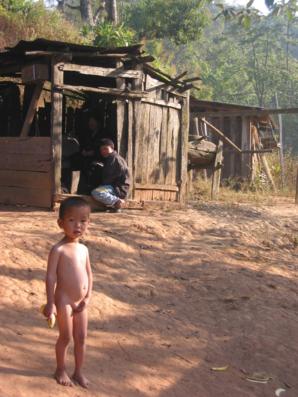
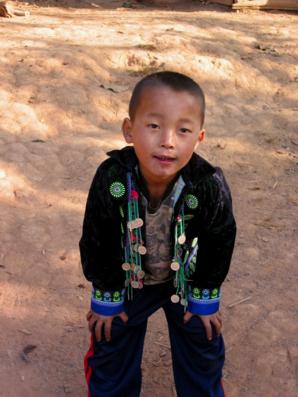
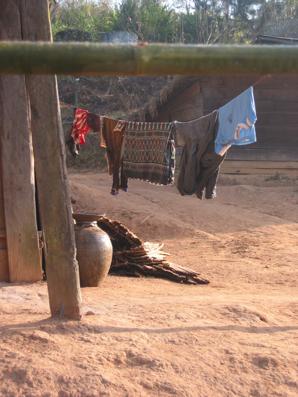
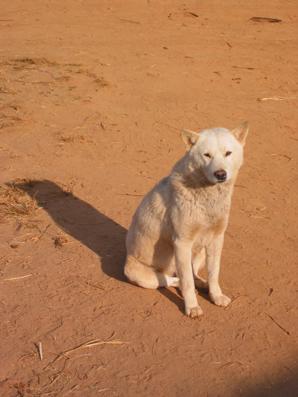
About Hmong, from People of South East Asia: The Hmong people can be traced back to the primitive "Chi You" tribes that lived in the central plains of China several thousand years ago. The Chinese call them Miao but they prefer to be called Hmong. Today, most Hmong live in Guizhou (China) where they number around 7 million people. About a million more are dispersed in eastern Yunnan and some are found in Vietnam, Laos and Thailand. Most Hmong live in single-story houses built directly on the ground. Agriculture is the chief means of subsistence for all of the groups; they grow corn and rice on burned-over forest land in the hills. Opium is an important cash crop, sold in the lowland markets.
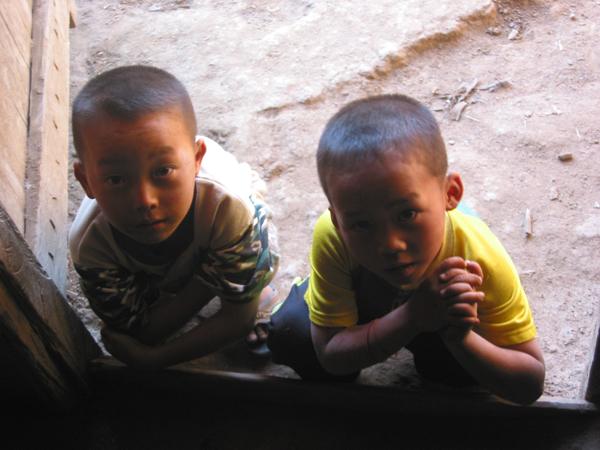
Water is far away...
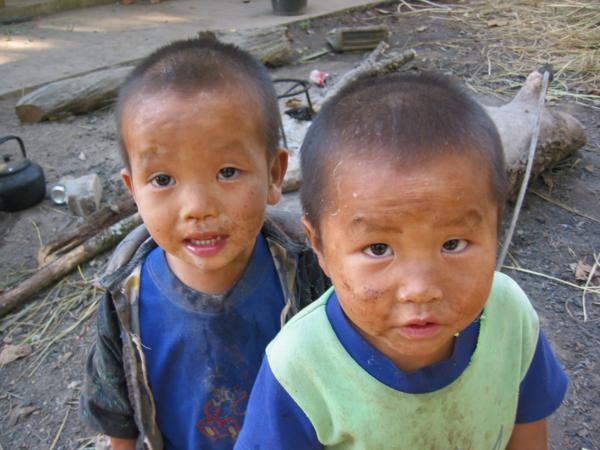
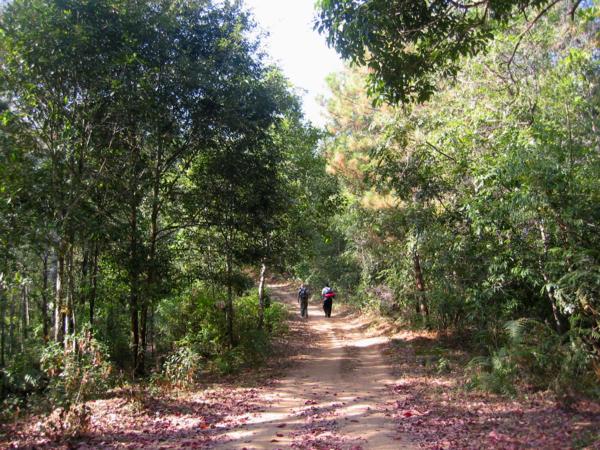
We walked for most of the days, but in surroundings like these, who would mind? We met a few people on the way, here a young Karen woman resting on her way home. The photo on the right is of a bush with more spiders than I cared to count. Having seen Lord of the Rings recently, I couldn't help but wander were mommy could be...
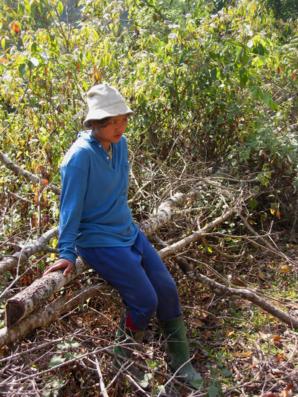
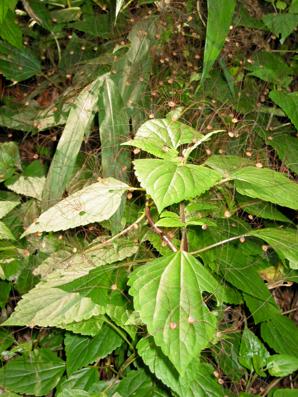
An elephant ride is almost obligatory on these treks. Frankly, it is easier and much faster to walk, plus one avoids getting sea-sick. Other than that, they are fantastic animals, smaller than the African elephants but more used to work with humans. In fact, they are too used to work with humans. Thailand has around 5000 elephants left, of which only 2000 are in the wild.
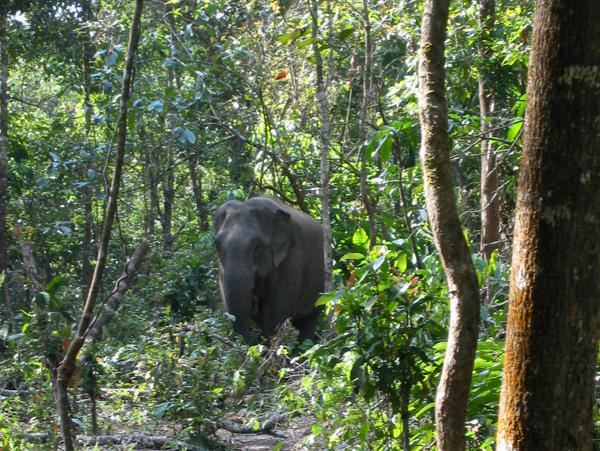
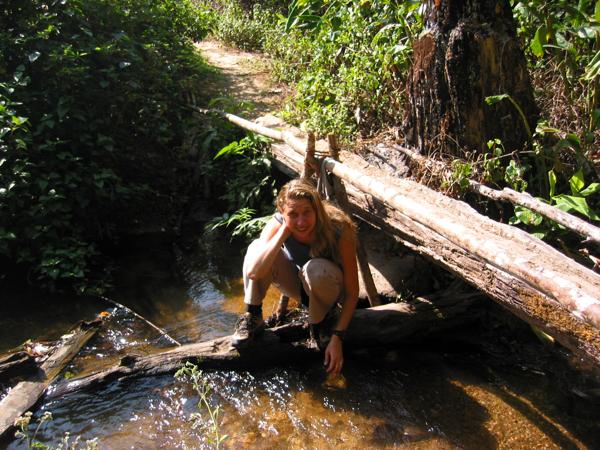
Sifting the rice the old way; everything is manual and takes time. But time is in abundance here, as well as a positive mindset and community feel.
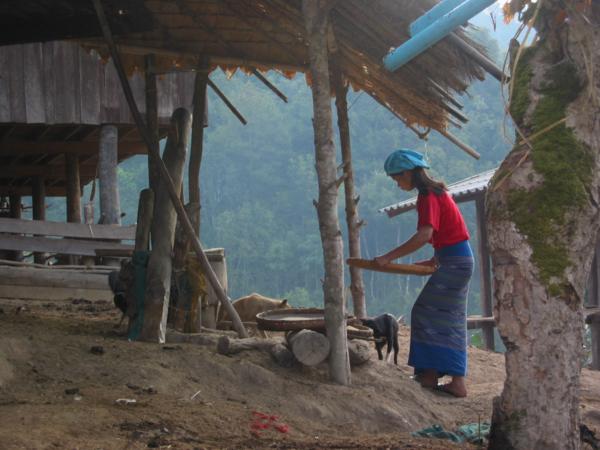
The last handfulls of rice are finished just as it is getting to dark to see. In our house, which also functions as the village church, Robin in the process of curing Monica's headache with acupuncture. After this, a long evening by the fire, and fragrant and tasty traditional food.
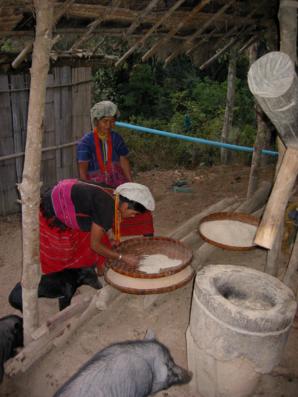
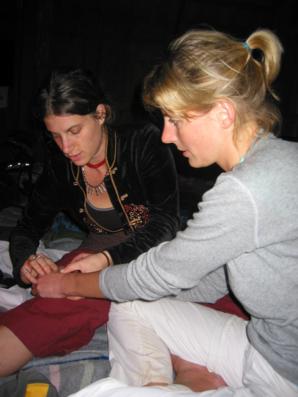
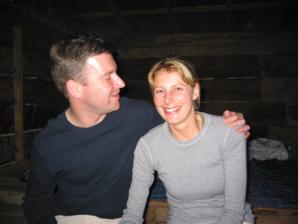
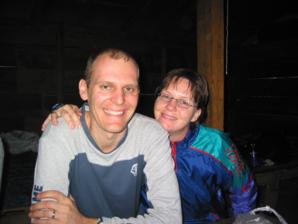
The children and elders in the Karen village, my favourite place from the whole hike.
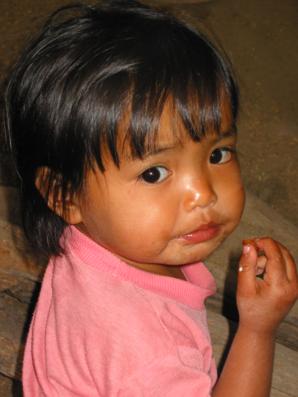
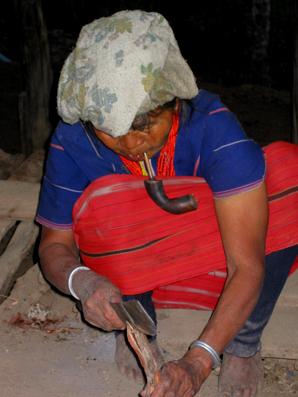
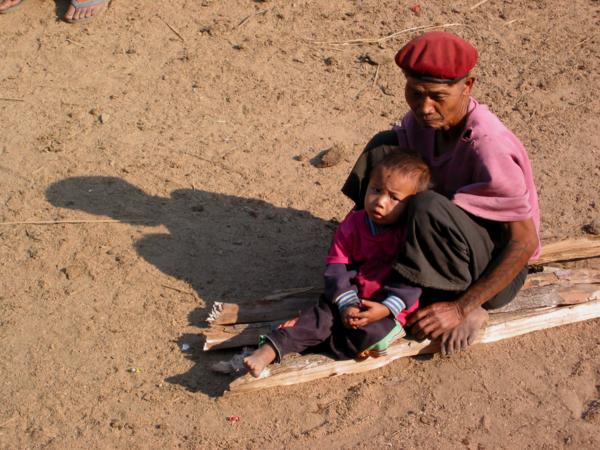
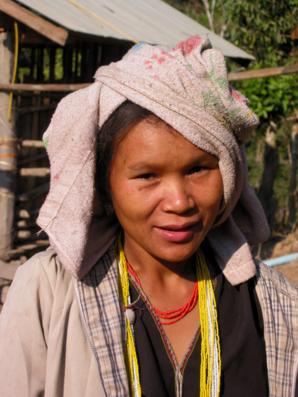
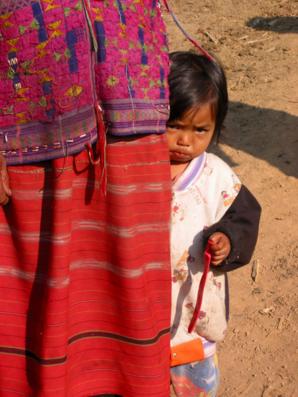
Dry rice fields, waiting for the rainy season to turn green again.
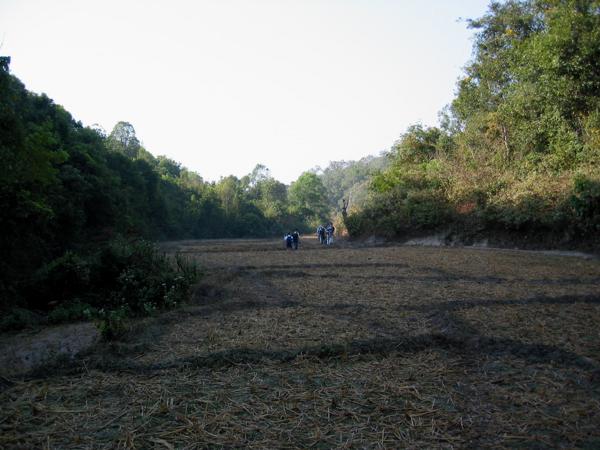
Walking through bamboo forest, and through the jungle.
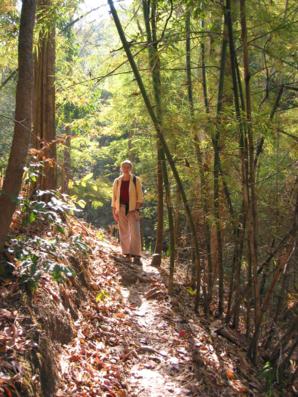
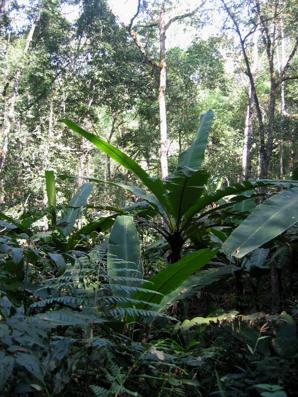
Taking a very invigorating bath.
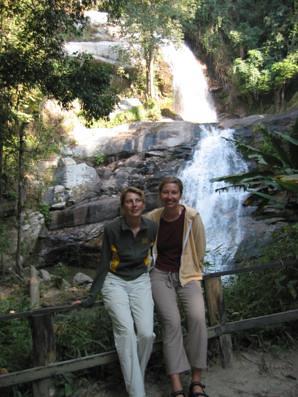
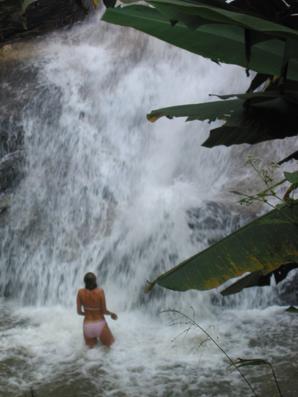
Monica in the highest temple in Thailand.
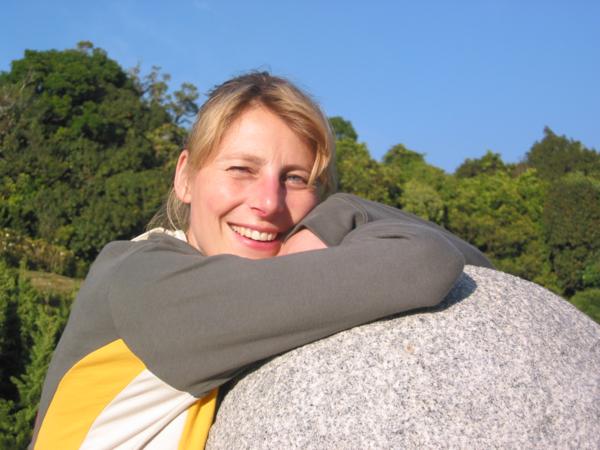
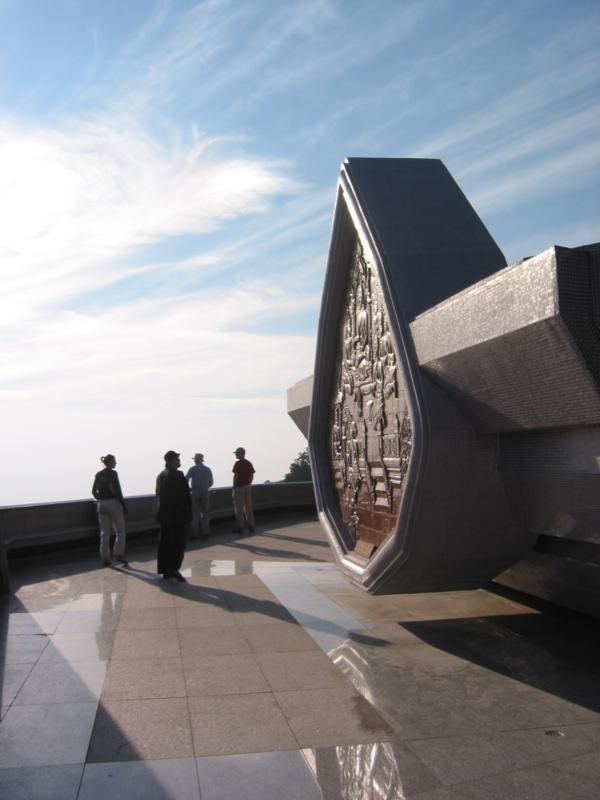





|
page 2 of 8
Silvija Seres, January 2004